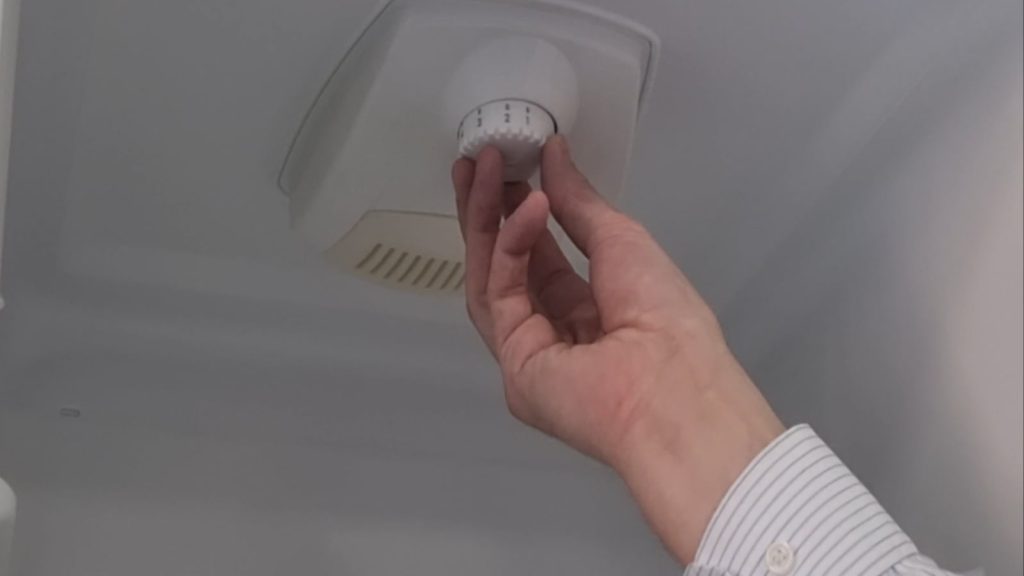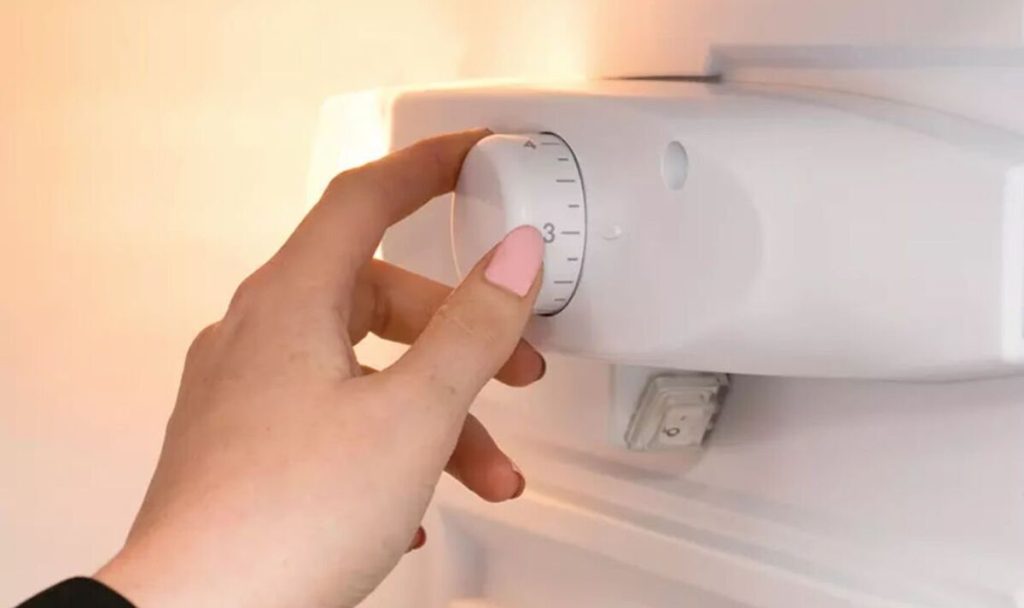Most of us think of our refrigerator as a simple appliance: you plug it in, fill it with food, and let it do its job. But what if this everyday kitchen essential is actually using more electricity than necessary—just because of one small setting? Surprisingly, your fridge may be operating at an inefficient temperature level, driving up your energy consumption without you even realizing it.
The good news is that most modern fridges have a built-in number setting—often unnoticed or misunderstood—that controls internal cooling levels. And adjusting it correctly could save you a significant amount on your monthly electricity bill.
Let’s break down what this “secret code” is and how a simple change can bring long-term savings.
What Is the Fridge Number Dial?
Inside almost every refrigerator is a dial, usually labeled with numbers from 1 to 5 or 1 to 7. This dial doesn’t indicate the exact temperature, but rather controls the cooling intensity—with higher numbers usually meaning colder temperatures.

For example:
- Setting 1: Warmest
- Setting 7: Coldest
Many people assume that the highest setting is best because it keeps food safest. However, running your fridge on the coldest level isn’t always necessary, and doing so may waste electricity unnecessarily.
The Ideal Refrigerator Temperature
Experts recommend keeping your refrigerator temperature between 3°C and 5°C (around 37°F to 41°F) and your freezer at -18°C (0°F). This range keeps your food fresh and safe without overworking the appliance.
When your fridge is too cold, not only are you spending more on energy, but you also risk freezing fresh produce, which can reduce food quality and lead to waste.
Why This Setting Matters for Energy Use
Refrigerators run 24/7, making them one of the biggest energy consumers in the average home. If your fridge is set unnecessarily low, the compressor will work harder and more often—leading to higher energy usage.
By adjusting your cooling dial to the optimal setting (usually around 3 or 4 out of 7), you allow your fridge to maintain a safe temperature without using extra power. It may not seem like a big deal, but over time, this simple adjustment can significantly reduce electricity costs.
Besides adjusting the number dial, there are other small tweaks that can help maximize your fridge’s energy efficiency:
- Don’t block vents: Keep food away from the air vents inside to maintain proper airflow.
- Keep it stocked—but not overloaded: A full fridge retains cold better, but overloading it blocks circulation.
- Check the door seal: A loose or cracked seal allows cold air to escape, making the fridge work harder.
- Let hot food cool before placing it inside: Putting hot items directly in the fridge raises the internal temperature.
- Defrost regularly (if needed): Ice buildup in older models can reduce efficiency.
How Much Can You Actually Save?
Depending on your appliance’s age and how inefficiently it’s currently running, adjusting your fridge setting could reduce your refrigerator’s energy use by up to 15–30%. If your fridge is one of the older, less energy-efficient models, this savings could be even greater.

When combined with the other simple habits above, this could result in a noticeable drop in your monthly power bill—potentially cutting it in half if your household relies heavily on cooling appliances.
The next time you open your fridge, take a moment to look for the number dial. That small setting could be the key to unlocking better energy savings, fresher food, and a lighter utility bill. In a world where energy prices are constantly rising, even small changes make a big difference.
Sometimes the smartest savings start with things we use every day—and your fridge might just be the best place to begin.

















